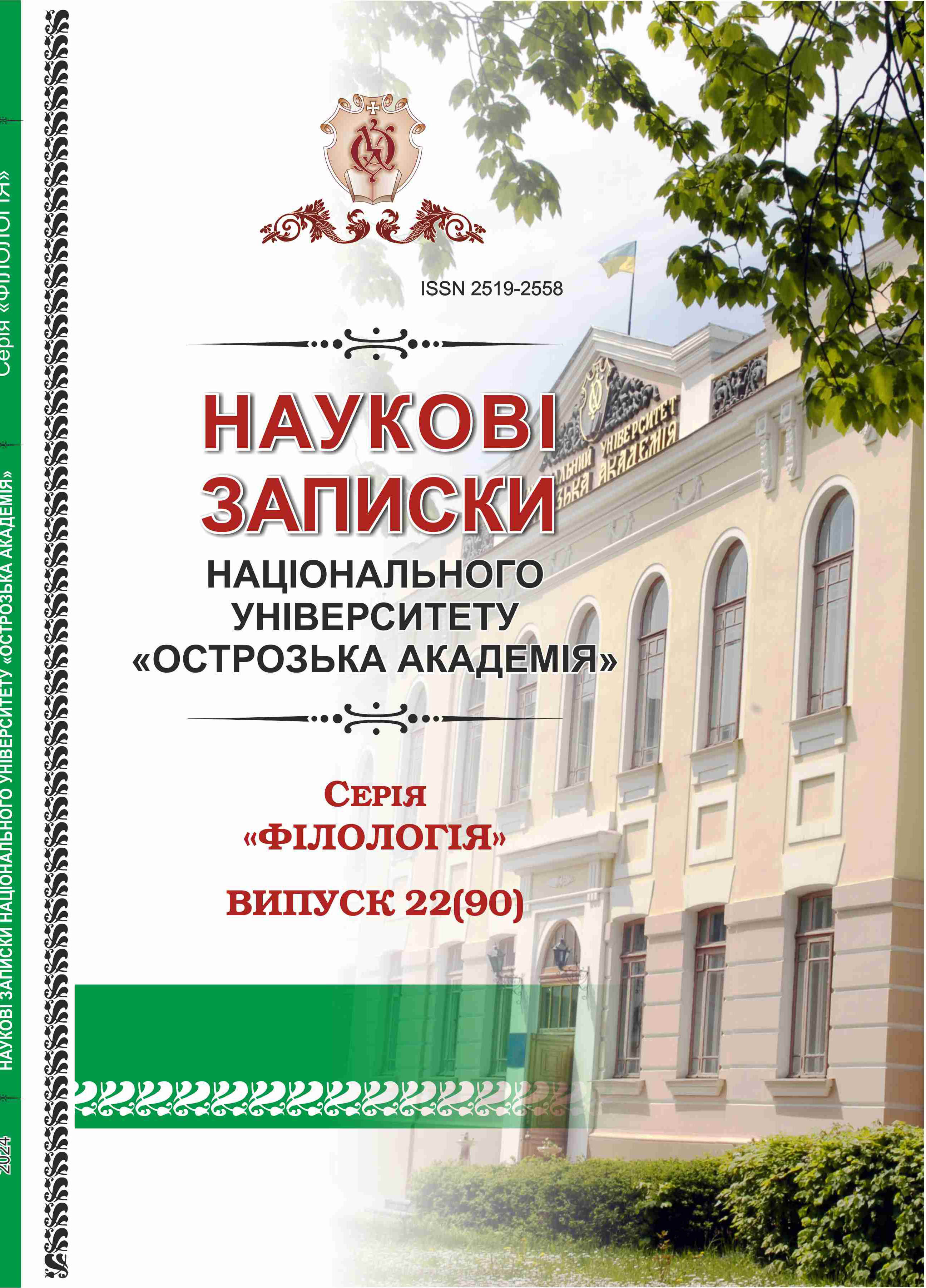ФУНКЦІЮВАННЯ ЕТНООБРАЗІВ У МЕЖАХ ПОГРАНИЧ “ВІЧНОГО КАЛЕНДАРЯ” ВАСИЛЯ МАХНА
Ключові слова:
імагологія, “своє–чуже”, етнокультурне пограниччя, ідентичність, простірАнотація
У статті за допомогою провідного імагологічного методу досліджено взаємодію національних образів у межах етнокультурних погранич роману Василя Махна “Вічний календар”. Проблема художньої репрезентації “свого” й “чужого” у літературознавчій думці, зокрема в контексті імагологічних студій, набуває актуальності з ІІ половини ХХ століття у зв’язку з новою повоєнною дійсністю, глобалізаційними тенденціями та розвитком мобільності суспільства. Науковці звертаються до текстів, у яких відображено функціювання авто- та гетерообразів, порушено проблему етноідентичності, поліфонії голосів у межах топосів-погранич. Різноманітна художня мапа й широкий історичний контекст роману Василя Махна “Вічний календар” відтворює взаємодію розмаїття культур, зокрема української, польської, єврейської, турецької, у фронтирних зонах.
Мета статті полягає в аналізі співіснування культурних традицій і побутових звичок різних етноіміджів у кордонах погранич, репрезентованих у романі.
Основним топосом, на тлі якого розгортаються перипетії тексту, постає українське село Язловець. Історія конструювання Язловця як пограниччя охоплює період від XVII до ХХ століть. Унаслідок багатьох воєн, які огортали край, топос став домівкою для багатьох національностей, наприклад, вірменів, євреїв, поляків тощо. У статті проаналізовано взаємодію цих етнообразів в аспекті війни, релігії, архітектури, мови тощо у різні історичні періоди й контексти. Також до уваги взято й інші полікультурні українські топоси такі, як Митниця, Бучач, або ж гетеропростір Єрусалиму (Ізраїль).
У роботі доведено, що, попри неможливість уникнення конфліктів, у межах етнокультурного пограниччя кордони між “своїм” і “чужим” стають не такими гострими через відкритість до пізнання звичаїв і традицій представників інших етносів. У романі Василя Махна наголошено, що кожна нація зберігає свою ідентичність навіть у культурному багатоголоссі фронтирних зон.

